#light speed
Text
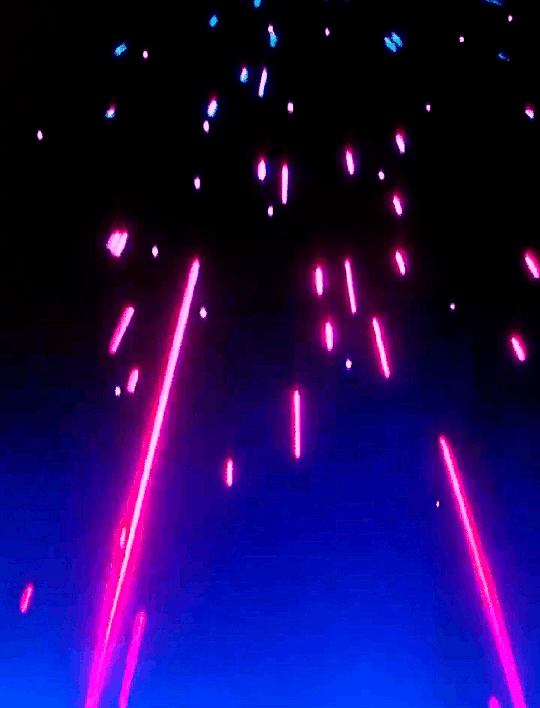
#gif#anime#old anime#90s aesthetic#90s#90s anime#laser#light speed#lofi#vaporwave#neon lights#neon aesthetic#neoncore#neon#pinkcore#pink
987 notes
·
View notes
Text
How to see dinosaurs:
1.) Travel 66 million light years away from Earth.
2.) Look at Earth through a telescope.
3.) Dinosaurs.
#dinosaurs#space#physics#light years#late cretaceous#space travel#65 million years ago#spacetime#cretaceous period#time travel#telescope#astronomy#astrophysics#paleontology#bad science#hypothetical#cosmos#light speed#speed of light#fabric of the universe
362 notes
·
View notes
Text
Ok, these are brilliant.
youtube
I do think you need that one above to make sense of the one at the bottom. Not sure you don't need the other one I just reblogged, too.
youtube
Because they are all in a series after all.
youtube
I STILL don't get it.
But I think I have a better idea of WHY I don't get it which is a step forward. I feel less like it breaks my brain and more like I don't understand the mechanism of this particular effect that causes this principle to be true. There's stuff to work with, here, instead of just throwing up my hands in despair of what they're even talking about.
71 notes
·
View notes
Text
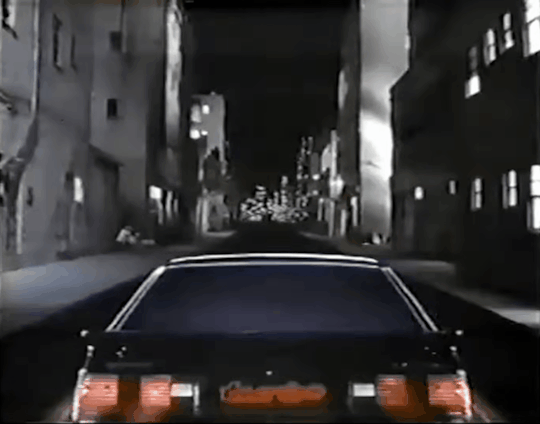
#animated gif#animated gifs#gif#gifs#old advertisements#old ads#retro#vhs#tail lights#light speed#drive#superfast#nyoom#80s
62 notes
·
View notes
Text

A fun little Enterprise for a gift! 🛸
#illustration#design#thmadethis#star trek#trekkies#space exploration#explore#light speed#hyperdrive#picard#kirk#spock#data#spaceship
62 notes
·
View notes
Text

Feynman: When we were talking about the atoms, one of the troubles that people have with the atoms is that they're so tiny, and it's so hard to imagine the scale.
The size of the atoms are in size - compared to an apple, it's the same scale as an apple is to the size of the Earth. And that's a kind of a hard thing to take, and you have to go through all these things all the time, and people find these numbers inconceivable. And I do too.
The only thing you do is you just change your scale. I mean, you're just thinking of small balls, but you don't try to think of exactly how small they are too often! Or you'd get kind of a bit nutty, alright?
But in astronomy, you have the same thing in reverse because the distances to these stars is so enormous, you see. You know that light goes so fast that it only takes a few seconds to go to the moon and back, or it goes around the Earth seven-and-a-half times in a second. And goes for a year, two years, three years before it gets to the nearest other star that there is to us.
But all of our stars are... the stars that are nearby in a great galaxy, a big mass of stars, which is called a galaxy, a group, well this, our galaxy is... what is it? Something like a hundred thousand light years, a hundred thousand years.
And then there's another patch of stars. It takes a million years for the light to get here, going at this enormous rate.
And you just go crazy trying to make too "real" that distance, you have to do everything in proportion. It's easy - you say the galaxies are little patches of stars and they're ten times as far apart as they are big.
So that's an easy picture, you know - he gets it. But you just go to a different scale, that's easier. You know, once in a while you try to come back to... Earth scale to discuss the galaxies but it's kind of hard.
The number of stars that we see at night is about - only about 5,000. But the number of stars in our galaxy, the telescopes have shown when you improve the instrument... Oh! We look at a galaxy. We look at the stars. All the light that we see, the little tiny and influent spreads from the star over this enormous distance of what? Three light years, for the nearest star. On, on, on! This light from the stars spreading, the wavefronts are getting wider and wider, weaker and weaker, weaker and weaker out into all of space, and finally the tiny fraction of it comes in one square, eighth of an inch, tiny little black hole and does something to me, so I know it's there.
Well, to know a little bit more about it, I'd rather gather a little more of this little, this tiny fraction of this front of light, and so I make a big telescope, which is a kind of funnel that the light that comes over this big area - 200 inches across - is very carefully organised, so it's all concentrated back so it can go through a... pupil. Actually, it's better to photograph it, or nowadays they use photo cells, they're a better instrument.
But anyway, the idea of the telescope is to focus the light from a bigger area into a smaller area so that we can see things that are weaker, less light, and in that way we find there's a very large number of stars in the galaxy.
There's so many that if you tried to name them, one a second, naming all the stars in our galaxy, I don't mean all the stars in the universe, just this galaxy here, it takes 3,000 years.
And yet, that's not a very big number. Because if those stars were to drop one dollar bill on the Earth during a year, each star dropping one dollar bill, they might take care of the deficit which is suggested for the budget of the United States.
So you see what kind of numbers we have to deal with!
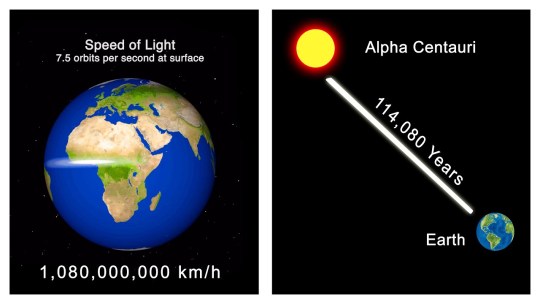
#Richard Feynman#space#astronomy#magnitude#scale#galaxy#milky way galaxy#light speed#speed of light#light year#science#religion is a mental illness
143 notes
·
View notes
Text

The Power Pack and Storm by Todd Nauck and Rachelle Rosenberg.
#marvel#power pack#x-men#Storm#ororo munroe#Jack power#zero g#matter master#Julie power#Alex power#Katie power#energizer#light speed#rachelle rosenberg#todd nauck#franklin richards#the brood
36 notes
·
View notes
Text

✨🌸Girlboss Barbie and Malewife Ken💗🎀
X
#barbie#mcu fanart#monica rambeau#pietro maximoff#peter maximoff#evan peters#teyonah parris#monica x pietro#light speed#ralph bohner#I’m sorry the meme is so them coded shoulda done this ages ago#artists on tumblr
48 notes
·
View notes
Text

Power Pack: Into the Storm #3
#power pack: into the storm#power pack#gee#Alex power#energizer#Katie power#mass master#Jack power#light speed#Julie power#storm#ororo munroe#monster#june brigman#marvel comics#comics#2020s comics
9 notes
·
View notes
Text

volume #???
issue cover of a comic adaptation of light speed. probably won't happen soon
8 notes
·
View notes
Text
A transwarp conduit, also known as a transwarp corridor or a transwarp tunnel, was an artificially-created energy conduit through a realm of subspace known as transwarp space. The entrances of transwarp conduits bear many resemblances to subspace gateways. They were utilized by the Borg to cover great distances in a relatively short period of time. Accessed via tachyon pulses of alternating frequencies, the conduits contained a matter stream in which a vessel could reach velocities at least twenty times greater than the maximum warp speed of a Galaxy-class starship, in a process Lieutenant Commander Geordi La Forge described as "like falling into a fast-moving river and being swept away by the current." (TNG: "Descent", VOY: "Dark Frontier", "Shattered", DIS: "Su'Kal")
—https://memory-alpha.fandom.com/wiki/Transwarp_conduit
#quote#warp speed#warp#speed#sci-fi#scifi#science#physics#tachyon#FTL#light#light speed#warp drive#Star Trek#science fiction#Borg#transwarp#space time#transport#transportation
6 notes
·
View notes
Text
Flash vs. Sonic
If @sonicthehedgehog raced The Flash he would lose.
Why? Well, hear me out.
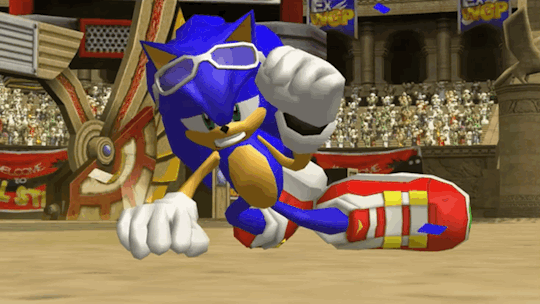

Sonic has only broken the sound barrier. Each of DC's Speedsters have exceeded LIGHT SPEED AND BEYOND. Sonic can only reach light speed with powerups. And I'm only talking about Game!Sonic.
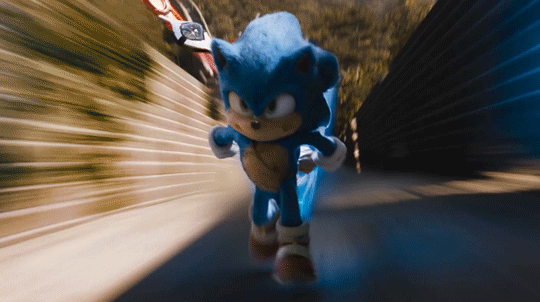

The Sonic The Hedgehog Movie version is closer to the Flash because that's an easier way to get how super speed works. When you think of super speed, you think of the Flash first and foremost.

I think Game!Sonic needs to step his game up and increase his own speed. How would his gameplay translate that? That would be a tough challenge, but one worth taking on, I feel.
~Ryan
#Concept: “Mobius”#Community Speaker Box#Sonic the Hedgehog#SEGA#The Flash#Jay Garrick#Barry Allen#Wally West#Kid Flash#flash family#Movie!Sonic#Sonic Movie#Paramount Sonic#Sonic Movie 2#Super Speed#Light Speed
5 notes
·
View notes
Text
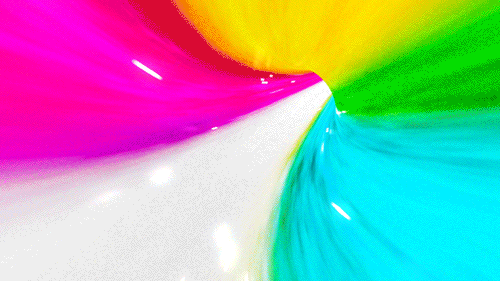
Down on rainbow road
Watch the full video here: https://youtu.be/tSCKMS2sD3Q
#mograph#motion graphics#tunnel#funnel#wormhole#speed#speed of light#gif#animated gif#lightspeed#light speed#colorful#vibrant#fast#very fast#rainbow#hyper speed#hyper jump#warp speed#warp#futuristic
10 notes
·
View notes
Video
Este vídeo muestra la velocidad de la luz en tiempo real.
La escala de las distancias muestra lo lejos que está todo, incluso viajando a la velocidad de la luz.
#light speed#velocidad de la luz#light#luz#distance#distancia#science#ciencia#astronomy#astronomia#real time#tiempo real
25 notes
·
View notes
Text
All traitors to the Sibyllines go to Tartarus to receive the only punishment for rebellion: eternal life. {read}
#fiction#flash fiction#light speed#light speed magazine#science fiction#prison planet#speculative fiction#short story#short stories
2 notes
·
View notes
Text


3 notes
·
View notes